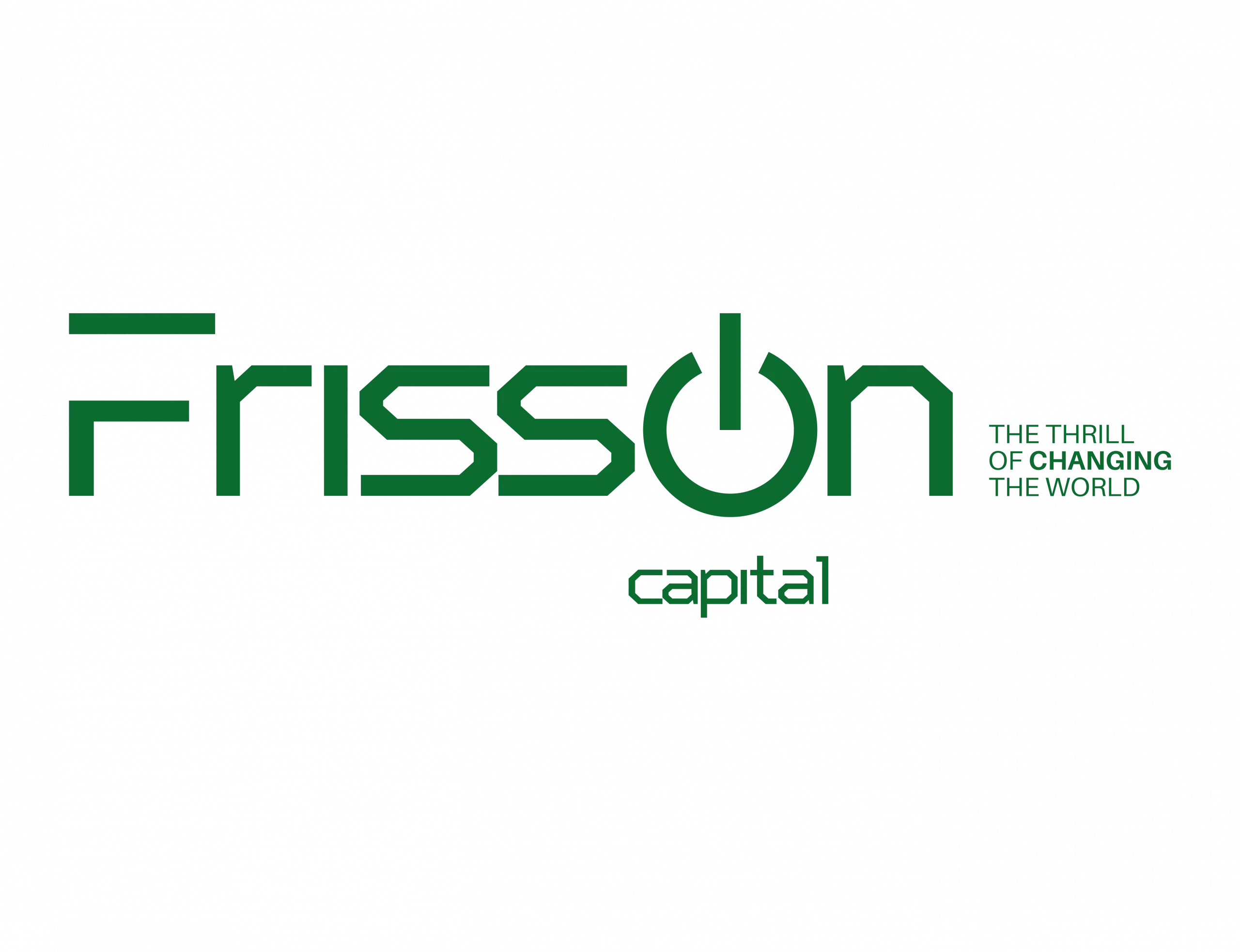In the digital era, technology has been democratized. A small Startup can access as much computing power as a large multinational through Amazon Web Services. Thanks to it, it has been possible to create, at great speed, essential companies for the future of all industries.
The advent of disruptive technologies has produced a discrepancy between linear growth organizations and exponential organizations. Typically, most leaders of a Startup dream of turning their organization into a large enterprise, even if they don’t know how to achieve it.
The growth of a business can adopt different models. For example, most established organizations today choose to grow through mergers and acquisitions (M&A), which brings with it many well-documented challenges in post-merger integration and rarely moves to the company’s boundaries . Instead, they opt for organic growth through business development, primarily in the form of new products for existing channels, but which usually represents only incremental growth for the company’s core.
We can speak of two models: linear (non-scalable) or exponential (scalable). From a business point of view, understanding scalability is the capacity of a company to multiply its revenues at speed or in a proportion greater than its costs while maintaining its capacity to operate efficiently and generate value.
What is the linear model?
It is a business model where the level of revenue is proportional to the level of costs, so if, for example, infrastructure and personnel are increased to increase revenue, costs will increase proportionally. Therefore linear growth is achieved, as is the case of many companies or startups globally. However, it is a model that involves significant investments but carries the risk that, if for some reason revenues decrease, the same will not happen with infrastructure and human resources costs, which can lead the company to bankruptcy.
The main characteristics of this type of company include a hierarchical, military-type organization, with a system in which authority flows from top to bottom in a linear, unambiguous, and rigid manner:
- They are driven by financial results
- Their thinking is linear and sequential
- Their strategic planning is largely an extrapolation of the past
- They are intolerant of risk, inflexible in their processes, and have many employees.
What about the exponential model?
It is a model in which the level of revenues has the potential to increase at a much faster rate or in a much higher proportion than costs, increasing the profit obtained for each additional unit produced or sold. While revenues increase exponentially, costs grow linearly and are independent of the level of sales and production.
In addition, this growth model usually allows serving an indefinite number of customers with relatively low capital investments and efforts since they do not depend on time or inventory and very little or nothing on infrastructure. This is the case, for example, with SaaS (software as a service) software, which, once developed, is marketed and involves little or no new costs each time it is sold to a customer.
Exponential organizations are generally based on the digital world and information technologies, and their characteristics include: having a structure suited to deal with today’s fast-paced, nonlinear, web-driven pace; they achieve geometric results thanks to the duplicative exponential patterns of information-based technologies; they leverage external resources to achieve their goals, with few employees and small facilities that allow for great flexibility; they leverage virtual and physical communities for everything from product design to application development; they rely on existing, and emerging infrastructures rather than owning their own; and they grow at an incredible rate because they are not in the business of taking ownership of their market, but rather using it for their purposes.
For clarity: a linear growth company invests $1,000 to earn $10,000, and to earn the same amount, it has to invest another $1,000; the exponential growth company invests $1,000 to earn $10,000, but to earn the same amount it only has to invest $100.
Exponential companies are Hi-Tech organizations whose advanced characteristics and capabilities lead them to focus on selective business and industry problems. Thanks to this technology it has been possible to reinvent basic processes and business models & change the behavior of society toward existing services and products, and, consequently, modify the way of life.
High-tech companies are investing in and reconfiguring their innovation strategies toward deep technology, which is a technology focused on solving humanity’s problems by addressing social and environmental issues; although it is revolutionary, game-changing, and disruptive, it takes a long time to reach the market and requires significant capital investments.
They also consider the generation of value and the proximity between all the actors involved, from the creation to the final recipient of the product or service, in what various authors have studied as the quadruple helix environment. The fourth helix model not only focuses on actors from academia, government, and industry but also recognizes the growing role played by civil society. Although there is no consensus on what comprises the fourth helix, most researchers tend to address the fourth helix in terms of civil society, consumer, and end-user.
It is a perspective understood as a network of relationships. Public and private organizations interact in value creation processes to transform various inputs into valuable products for themselves and others.
Accelerators
Many successful Startups act as exponential organizations, meaning that their performance is at least ten times that of their peers. This term was coined by Salim Ismail in the book “Exponential Organizations: Why Startups Are Ten Times Better, Faster, and Cheaper Than Yours.”
Having a large customer base or good revenues is no guarantee that a company can succeed. The difference is in the drive for innovation to move it towards exponential growth. That is, connecting strengths and resources with external innovation to avoid becoming a victim of digital Darwinism.
While large companies have valuable resources such as infrastructure, brand reputation, business relationships, experience with regulators, scientific expertise, process excellence, and access to data, Startups and exponential organizations can offer those companies: ideas, organizational agility, willingness to take risks, and the drive to scale quickly. That bridge between large enterprise and Startup innovation is known as a “corporate accelerator.”
An accelerator is a company or program that invests in and supports one or more Startups with mentorship, office space, expertise, and additional resources; basically, everything that helps startups get off the ground and accelerate their growth. It helps develop a new environment to establish new rules, proactively spot disruptive ideas, and a place where those ideas can be protected from the organization while being supported by it. It does so in a cheaper, faster, and more flexible way than research and development.
By investing in and creating scalable early-stage companies and gaining access to exponential new technologies, the accelerator creates a great economic benefit and, at the same time, fosters entrepreneurship and entrepreneurial culture within the company while helping to promote the company to be innovative.
The Corporate Accelerator
Today we live in a dynamic and changing society; what was unthinkable habits as consumers a few years ago has become a habit that we will hardly ever give up.
We already assumed a couple of decades ago that we would have our whole life stored on a portable device, but no one imagined such a high dependence on smartphones. Of course, we could see it coming that one day we would manage our affairs online, but we hardly thought we would stop going to the bank branch; or who would have thought a few years ago that we could travel around the world and stay in strangers’ homes instead of hotels, thanks to Airbnb.
All these changes are linked to the speed at which new solutions are required. This is where large corporations linked to Startups come into play. Startups achieve incredible exponential growth by learning new organizational techniques and putting the accelerator on new technologies. In the case of Airbnb, in just a few years, it surpassed in expansion as the largest hotel chain in the world without owning a single guest room. While Hilton took 93 years to offer 610,000 rooms in 88 countries, Airbnb is only four years, already offered 650,000 rooms in 192 countries.
Hilton assumed a high barrier to entry for new competitors in the large investment needed to match its offering of lodging space, but Airbnb proved them wrong.
On the other side of the coin, there are also cases of business failures due to not being agile enough to innovate, as happened to Kodak. This company invented the first digital camera but was sure that digital photography would never catch on and that the transition to digital would be very costly. While investing heavily in film-based innovations, Canon, Sony and others began to expand their intellectual property and dominate the digital market. The “Kodak moment” ended in 2012, when the company filed for Chapter 11 bankruptcy.
The lesson is that corporations must be attentive to innovations and consumer changes, continue to manage the current business but at the same time, let new projects detect business opportunities that will allow them to guarantee their subsistence in the medium/long term. And it is to generate these new business models that the corporate Startup accelerator comes into play.
The accelerator means a new agile and fast-paced structure for innovation and business creation for companies. Within this new structure, new rules are established to facilitate the creation of an environment conducive to idea creation and growth. It is a place to interact with innovation, a platform to introduce ideas within the boundaries of the business and relate them to the parent company to drive economic benefit. The business transformation from new ideas is what makes a company an exponential organization.
Considering these benefits, organizations create accelerators; the problem is that they usually fail when they are not oriented to economic benefit. Therefore, when establishing an accelerator model within a company, it is necessary to precisely define the objectives and establish a strategic direction to make the accelerator economically viable and, therefore, sustainable within the organization.
Building a corporate accelerator requires time and a continuous learning process about what works best for both the organization and the Startup. It is the first step toward an internal “Startup creation” unit for the corporation.
In this creation process, the company has a whole ecosystem of accelerators, entrepreneurs, and experts who help figure out where to invest and how to create Startup cohorts. Creating a symbiosis with this ecosystem requires selecting the right people who understand the organizational structures and concerns, and the needs of a Startup.
Therefore, the corporate Startup accelerator is a way to create new business opportunities; they are very effective tools for the participating companies to project themselves to the market quickly, with the support and know-how of the corporation. In addition, they are a tool to innovate from within the company.
Currently, there are many entities with a clear strategy to support Startups, such as Repsol and its entrepreneurship fund Nike’s Fuel Lab, Disney Accelerator, Barclays Accelerator, and several others worldwide.
The important thing in developing an accelerator is recognizing that a long-term structure is needed to foster the growth of these opportunities. This realization usually comes one step at a time.
The first step is to open your eyes to the fact that you have an advantage over other businesses. Exponential organizations like Airbnb have seized opportunities at the edge of the market to build a business around them. Organizations like Deloitte’s “Center for the Edge” have professionalized the process of identifying edges. They have created a long-term “journey” designed to help the board and executives understand where the market is moving and then understand the steps the company needs to take to become a market leader.
The second step is creating a process that allows access to these companies. Finally, the accelerator develops a platform where companies can create and foster access to these businesses and identify opportunities together.
The third step is to identify the businesses you want to pursue and build them.
Building ventures can be done through different “execution paths,” ranging from Startups with internal “intrapreneurs” to joint ventures and business development agreements (usually in the form of technology licensing), which can eventually lead to full acquisitions. In all cases, it is essential to find, engage and support these “intrapreneurial thinkers” within the company. Therefore, for business creation to work, there has to be a process within the organization that allows people capable of creating new businesses to flourish within this environment.
Conclusion
In the digital era in which we are immersed, technology has been democratized: a small Startup can access as much computing power as a large multinational through Amazon Web Services, and thanks to it, it has been possible to create, at great speed, essential companies for the future of all industries; companies like Airbnb, Uber and Zalando and private accelerators like Rocket Internet have shown that this is possible.
Business building allows organizations to look at their entire business from the core, through incremental businesses to the periphery, where, if they have the right structures in place, they can build and develop exponential and disruptive businesses. It would not be unusual to find that in some famous business schools there are already subjects or workshops on “venture building.”
Creating the company and the corporate accelerator requires a strong commitment from the organization and its leaders to some basic questions that must be answered in advance, among them:
- Has management embraced the idea of disruption?
- Is there a management commitment to building exponential businesses?
- Is there an understanding of the boundaries and commitment to scaling businesses at the boundaries to become core?
- Is there a program to continuously engage the board of directors in the digital transformation journey?
Once the organization’s commitment has been established, resources need to be allocated to build the accelerator. These resources typically include management, people, and financial resources. What is important in this case is:
- To be able to secure the time and ongoing support of the organization’s leaders
- To have the human resources necessary to create and run the accelerator and connect the companies to the organization
- To identify the financial resources required for the size of the company to be formed.
If you have a Startup or company with a profitable, sustainable and repeatable business model, you have a business with growth potential. You will only have to define the growth model: linear, so that as your revenues increase, your costs also increase more or less in the same proportion, or exponential, so that as your revenues increase, your marginal costs begin to decrease, in many cases reaching zero.
Although it is logical to think that for any company, it is better to focus on exponential growth, it is also true that not all business models are scalable. Changing the model or starting it from the beginning is much more complex and does not guarantee success since it generally requires disruptive innovations, which do not frequently occur, even if you invest in this process and develop ideas with great innovation potential.
Therefore, once you know the two growth models for a company, our Startup, if you have a profitable, repeatable business with significant potential, the decision to focus on a growth model will depend largely on your preferences and vision as a business owner or entrepreneur.
If you are planning to develop an accelerator, you should consider the following:
- How can we maximize external visibility in the ecosystem to build a reputation (e.g. sponsorship, events, etc.)?
- How can we create more attention around our program (e.g., a joint event with high-level executives to attract press attention)?
- Can we establish our office facilities as a platform for the ecosystem (e.g., offering event space, etc.)?
Do you already know how you are going to grow your business? If you are interested in learning more about this or other related topics, we invite you to visit https://hackx.space.








